Rich in a cultural heritage and special customs, Morocco is the country of knowledge, workmanship however likewise elegance par excellence. The different traditional outfits have traveled through time and remain today an essential element of the Moroccan tradition Clothes, which many like to discover during their trip to Morocco.
The souks have lots of typical attire and it is absolutely not uncommon ahead throughout Moroccans in these magnificent clothing. Now discover the secrets of traditional Moroccan outfits which will be an excellent souvenir to bring back from your stay.

The Djellaba : Moroccan Traditional Clothes

The Djellaba is definitely the most characteristic clothing in Morocco. That has never heard of this Muslim behavior which mirrors the Arab way of living? Drawing its origins in the Ottoman Realm and in different regions and countries like Turkey, the djellaba is today an essential costume from the Maghreb and extremely widely represented in Morocco. It is a male outfit, which was when worn by those extremely put in culture, while its wearing has actually become more autonomous recently and it no more stands for a high condition. Morocco traditional clothes
However, some Djellabas like that of Bzou is especially luxurious and therefore not obtainable to all, for its extraordinary quality and the finesse of its design. Typically, neutral and strong in shade, Moroccan Djellabas have actually diversified over the years and today represent an art for the designers who make them.
Today, we can discover vivid Moroccan Djellabas, particularly embellished with needlework, bangles and even comprised of an assembly of different products. The latter, which originally had a hood, is used as a coat or worn over other clothes like the harem pants and the gandoura which is a long tunic going down to the ankles. In particular, you will easily find Djellabas in Marrakech and throughout Morocco.
The Caftan : Moroccan Traditional Clothes
The Moroccan Caftan is a traditional clothing put on in various religions but widely stood for in the center East and in the Muslim religious beliefs. Indeed, the latter wants in particular that the Moroccan woman changes 7 caftans during her marriage and that she wears at least a traditional caftan from the origin of her family. It was also about the holding of Moroccan royalty during the Merinid dynasty. Long mixed, the Moroccan Caftan is today an exclusively womanly attire and fairly available to all. Like the Djellaba, the caftan is the result of a cultural mix and foreign inspirations since it also draws its roots from the Ottoman Empire, but also Persian. Traditional Moroccan outfits

The Moroccan Caftan, which can be associated with a long traditional and particularly worked dress, is worn at home or on special occasions. It is a true haute couture piece often handcrafted by Moroccan craftsmen, whose expertise is very important and the prices vary according to the fabrics used and the quality of the decorations.
Gandoura, an “Almost-Djellaba” : Moroccan Traditional Clothes
Although it resembles the Djellaba, the gandoura does not have a hood. It is a loose, long and flowing tunic that is not worn as an overcoat but as a tunic in its own right. Short-sleeved version, the Moroccan Gandoura allows you to escape the summer heat. Butterfly version, it’s the new darling of weddings.
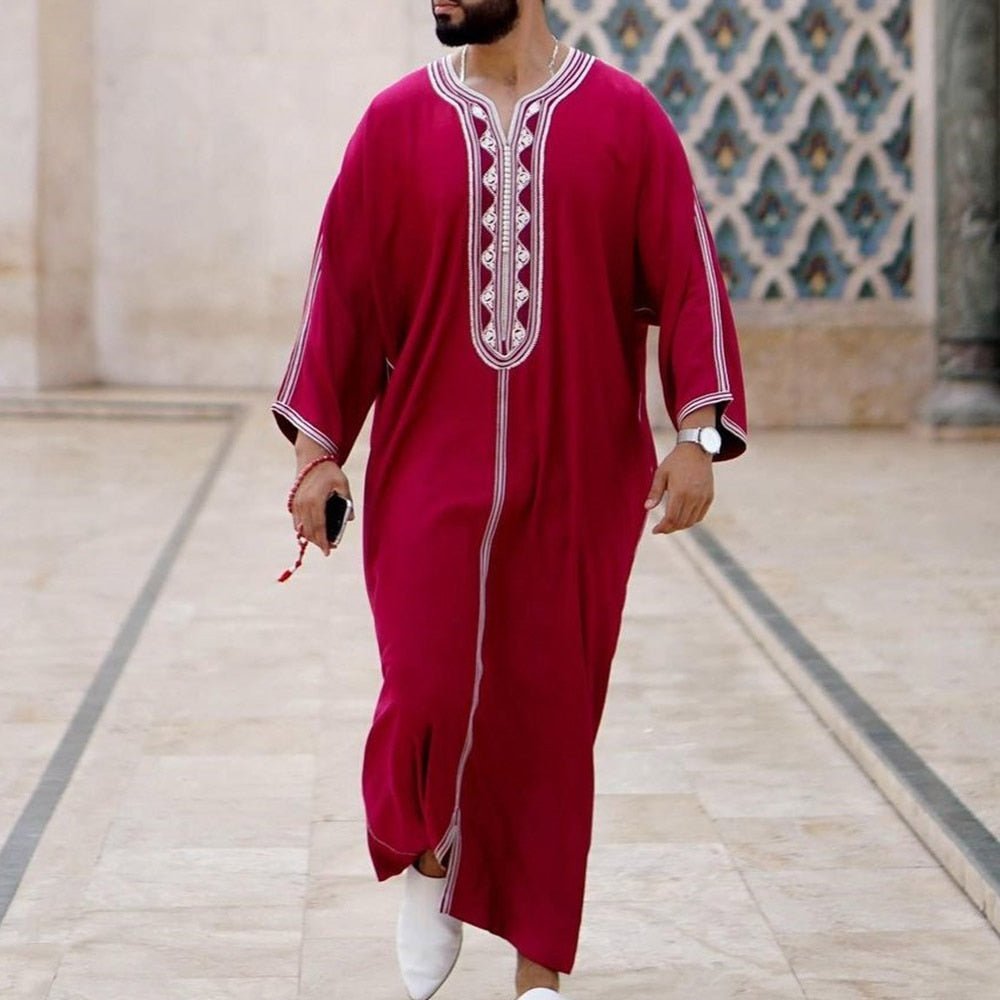
Regional particularities
The women of the Jbala country wear a straw hat decorated with pompoms called “chahiya” and a “mendile”, a colorful cloth hung from the belt. Traditional Moroccan outfits
In the Saharan regions, there is room for Melhfa and Derâa. Lively and colorful, the melhfa appears as a drape of fine fabric of more than 3 meters that is wrapped around the body.
The Derâa is the traditional blue clothing worn by the Sahrawis. It can be completed with a serwal (Aladdin-style baggy pants), and a cheche (blue turban), it resembles a loose and airy blue Gandoura.
The Takchita, beloved by fashionistas : Moroccan Traditional Clothes
The Moroccan Takchita is the revisited caftan of stylists with its unique shapes, its daring cuts and its original touches. Traditional Moroccan outfits
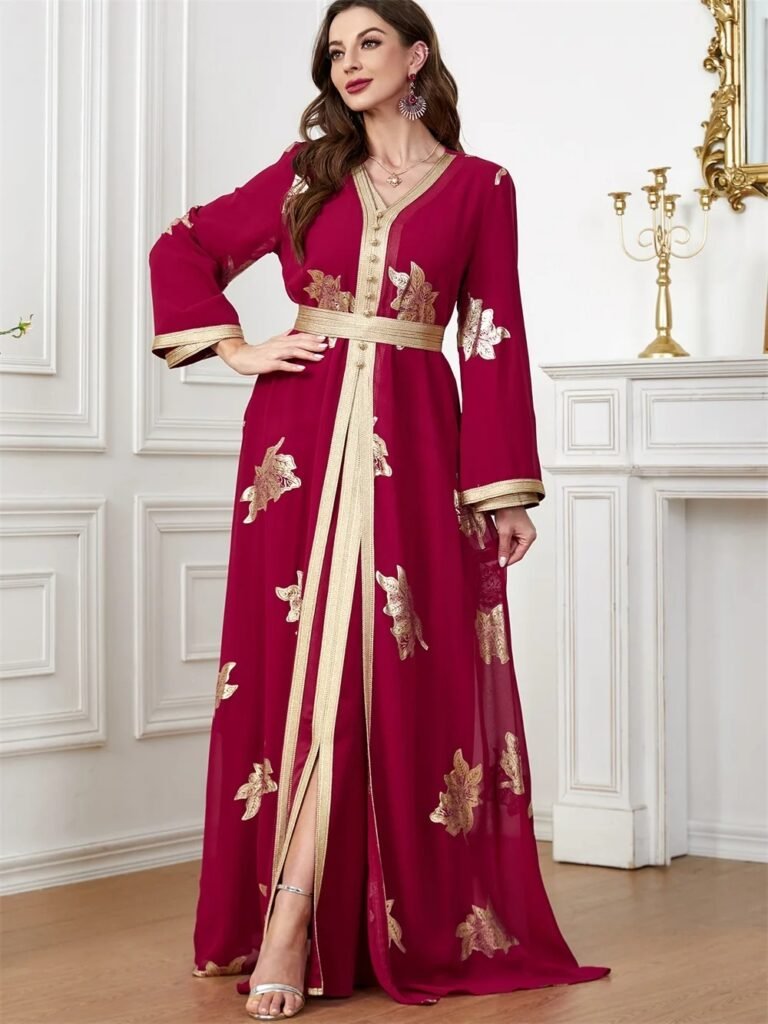
This garment has two or more pieces that overlap to enhance the effects of materials and styles. Cut from velvet, silk or brocade, the Moroccan Takchita is tightened at the waist by a belt embroidered with silk, silver or gold threads. In fact, the very colorful and feminine rendering gives Moroccan weddings the air of particularly shimmering haute-couture fashion shows.
The haik, traditional and urban : Moroccan Traditional Clothes
Much less visible and popular than other traditional clothing, the haik survives in a few rare towns in Morocco.
In Essaouira in particular, it is not uncommon to see silhouettes draped in this imposing piece of fabric. The Haik is traditionally white, more rarely black, beige, brown or ecru.
In Taroudant where it is called Tamelhaft, it has the particularity of being indigo blue. Moroccan city dwellers once wore it to walk the alleys of the medina in complete discretion. Unlike rural and Saharan women, city dwellers were in fact accustomed to veiling their faces. Traditional Moroccan outfits

Photos dating from the 1950s demonstrate the importance of the Haik in Moroccan clothing traditions. Today, only a few old women still hide behind the haik.
This large white drape, which only reveals the eyes, has inspired many artists, painters and photographers. Also, the Haik should not be confused with the niqab, the burqa, the abaya or even the chador which in no way belong to the Moroccan clothing tradition…
Abaya : Moroccan Traditional Clothes
The Abaya is a basic product in nearly every Moroccan woman’s closet. A top layer, it is worn over other clothing to hide the lady’s figures when she is in public. A long, loose item that looks more like a cape, it covers the entire body except the head, feet and hands. Traditional Moroccan Clothes Not all Moroccan women choose to wear the abaya on a daily basis, although many women prefer to cover themselves in this way when outside the home. Traditional Moroccan outfits
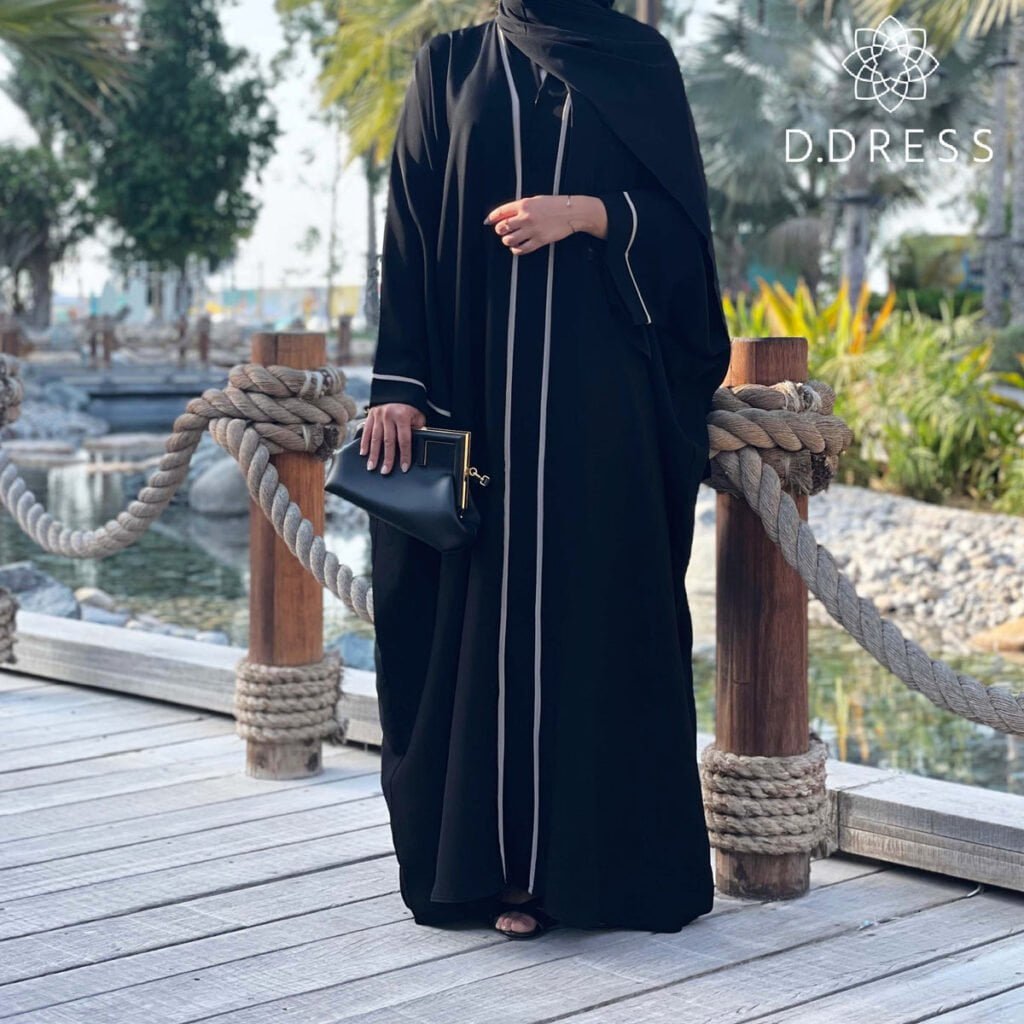
Niqab and Burka : Moroccan Traditional Clothes
While the Niqab and Burka are sometimes worn by women in Morocco, particularly those of older generations, their use is not so common these days. The Niqab is a type of head and face covering that usually leaves the eyes visible, while the Burqa conceals the entire head, face and body. Traditional Moroccan outfits

The Babouches : Moroccan Traditional Clothes
Like the Djellaba and the Caftan, the Slipper remains a timeless element of Moroccan clothing heritage. You will certainly locate it everywhere in Morocco, in the souks of the cities as much as the small artisan shops. Indeed, the slipper is a piece that requires very specific know-how.
Generally manufactured from generation to generation and more particularly from father to son by the craftsmen babouchiers, it is an essential shoe and appreciated for its comfort.

There are numerous different kinds of sandals and using different leathers for their manufacture. If you are mosting likely to check out the tanners district in Marrakech you will have the possibility to observe the whole natural leather transformation procedure prior to it is ideal for producing sandals.
The most frequently made use of natural leather is that of goats, because it is appreciated for its premium quality and resistance. As mentioned, the models vary a lot. traditional moroccan outfit
First of all, you can have two different forms which are the pointed slippers reserved for city dwellers and the rounded slippers see square, originating in the Berber tradition which are used by individuals living more in backwoods. The slippers are made in a multitude of colors and decorations such as embroidery, sequins and patterns in order to match every detail with traditional Moroccan outfits.
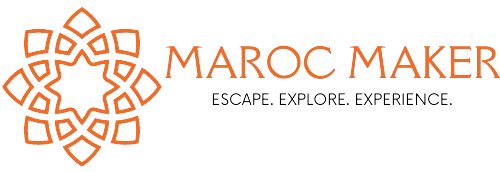
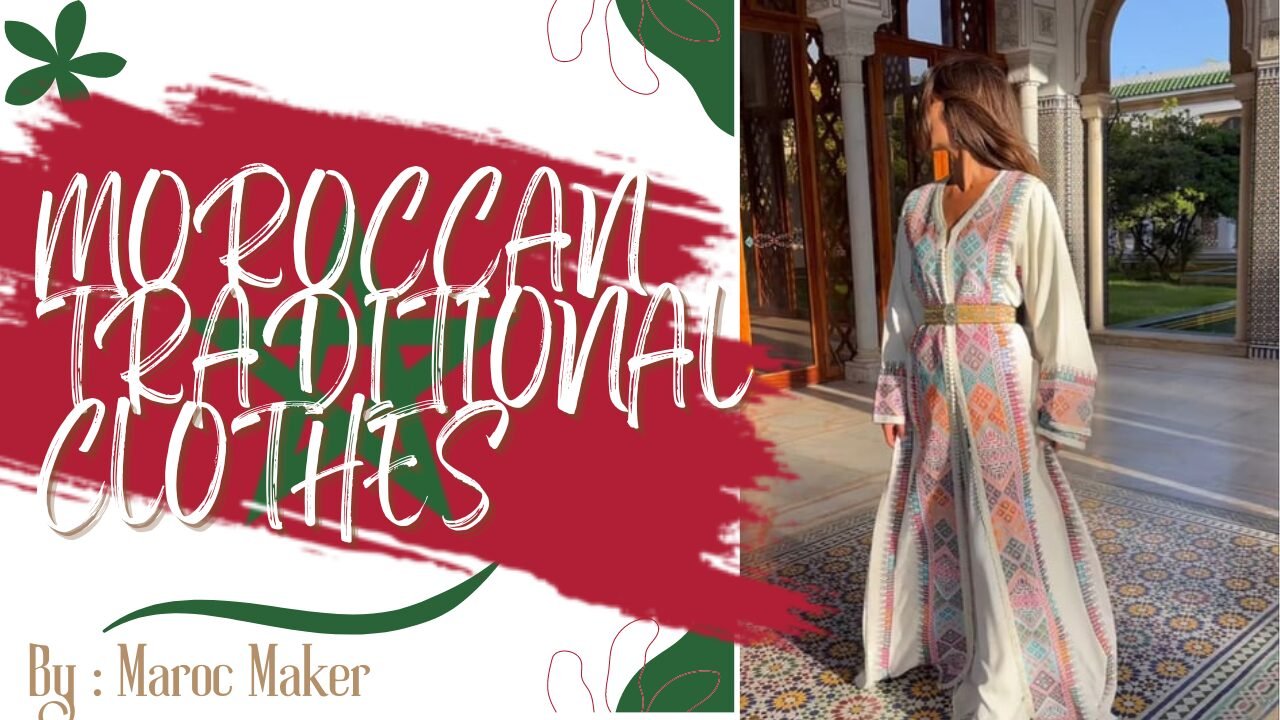


Abigail
Amazing blog! Is your theme custom made or did you download it from somewhere?
A design like yours with a few simple adjustements would really make my blog shine.
Please let me know where you got your theme. Thanks
Brook
Amazing! This blog looks just like my old one!
It’s on a entirely different subject but it has pretty much
the same layout and design. Superb choice of colors!